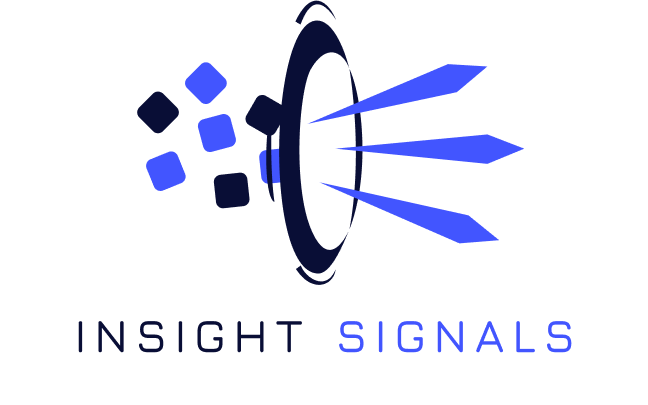What is a digital twin?
A digital twin is a numerical replica of real-world objects or systems.
It leverages the power of big data, AI and high-performance computing (HPC) to provide cities with the ability to monitor their environment in real time, to understand underlying patterns, to predict future trends, and most critically, to assess new projects’ potential.
Current urban DTs focus mostly on infrastructure and 3D modeling of buildings across a city. INSIGHT SIGNALS distinctive approach combines two digital twins: a User DT, which reproduces at the micro level the behaviors and interactions among users, and an Infrastructure DT, whether transportation, buildings, or energy.
Urban projects are complex & multi-faceted. When inadequately prepared, they cost
cities billions of dollars in losses. ABI Research expects more than 500 urban digital
twins to be deployed by 2025 and forecasts they will save city planners US$280 billion
by 2030.
Populations Replicas
Insight Signals Digital Replicas provide microscopic reproduction of a citizen’s characteristics, geographical and behavioral patterns. Through aggregating a wealth of public, local, national, international and sector databases, Insight Signals produces in record time a realistic representation of the real population and its underlying characteristics, without the need for individual, private data.

Population digital replicas provide a wealth of meaningful details to cities in transportation planning, urban planning, and emergency management, housing, health, and the environment. They can be used to understand how groups of people relate to other as well as Input to cities user centric simulation model.
User centric Digital Twins
Digital twin approaches typically fall into two categories: A bottom-up one where dataare collected, structured, and aggregated into meaningful data sets, enabling environment monitoring and prediction. On the other hand, top-down simulationmodels are built to compare the impact of alternative strategies as compared to a baseline.
Insight Signals combine both approaches. Our digital twins combine both approaches to provide real time monitoring and simulation capabilities We can then help cities assess multiple alternative scenarios so they can take the right decisions. Leveraging on our unique User centric focus, we can provide digital twins upon multiple domains, from people mobility to food consumptions patterns, to cultural services consumption.


